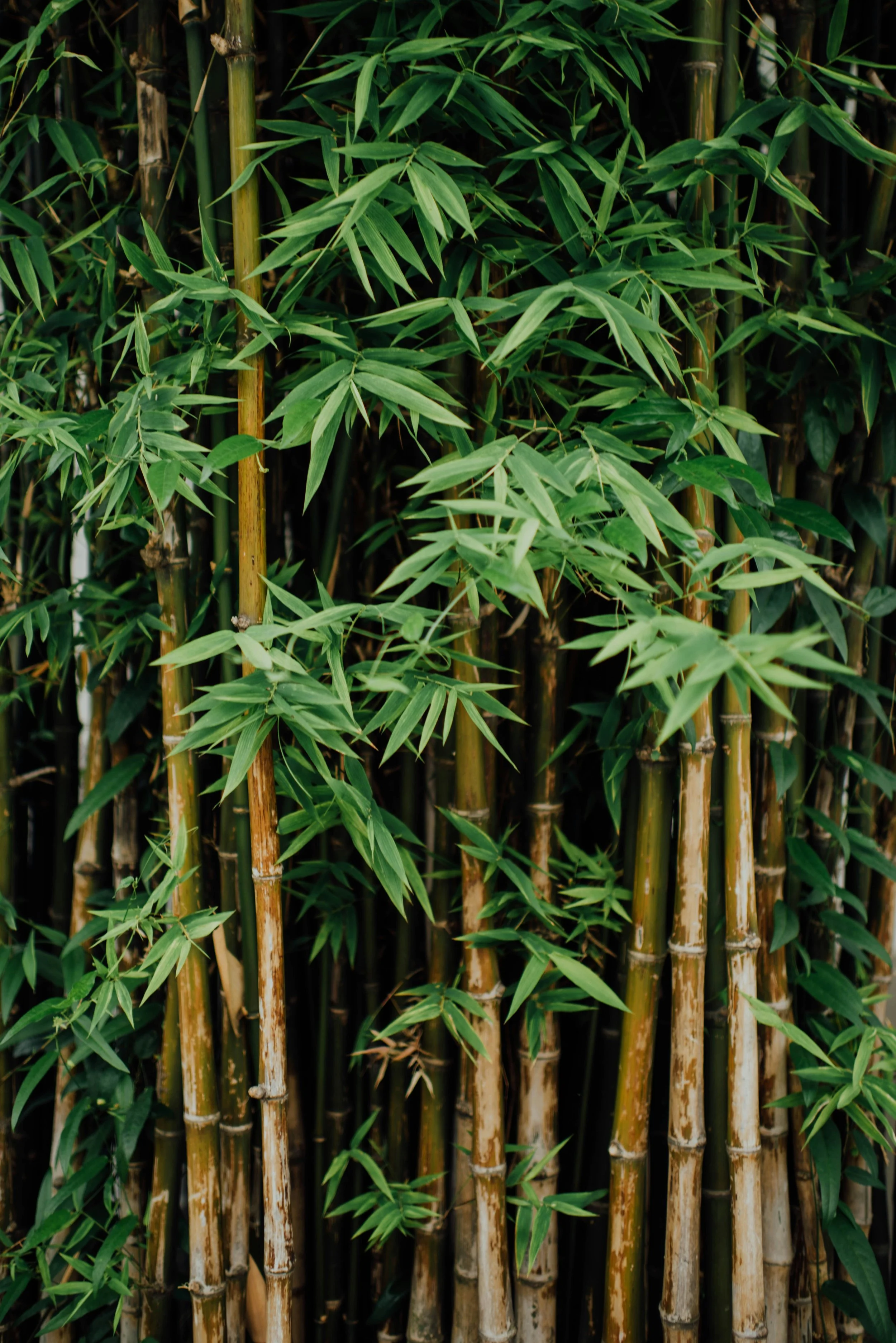The Bamboo Paradox
Sourcing for Authenticity and Transparency
A year ago, I was at a materials convention, joking that I would love to make "Bambino" —a luxurious blend of bamboo and merino wool. But when I shared the concept, a material specialist bluntly told me there was no way to make bamboo fabric sustainably. I knew about closed-loop processes, but I wasn’t well-versed enough to counter the claim, and I felt foolish.
That moment launched me on a deep dive into bamboo. I started emailing brands that claimed to use bamboo lyocell, regularly demanding to see their certifications. What I discovered was shocking: many were not certified, and some even changed their product descriptions to "bamboo rayon" after a few emails.
This experience revealed a profound truth: the bamboo industry is clouded by misinformation, and even experts can have an outdated understanding. For brands committed to genuine sustainability and transparency, navigating this paradox is critical.
A Tale of Two Textiles: Understanding the Fabric Behind the Name
The term bamboo fabric is misleadingly simple, covering two drastically different materials. The vast majority of what is sold is bamboo rayon/viscose. This is a semi-synthetic fiber created through a chemical process that renders it an entirely different material from the original plant. The U.S. Federal Trade Commission (FTC) mandates it be labeled as "rayon made from bamboo."
The much rarer form is bamboo linen, a true natural fiber created through a mechanical process. Understanding this fundamental difference is the first step toward responsible sourcing.
The Hidden Costs of Bamboo Fabric
While the bamboo plant itself is highly sustainable, the process of turning it into fabric presents major environmental and social concerns. Brands committed to true sustainability must recognize these critical issues:
The Toxic Viscose Process: The production of bamboo rayon relies on hazardous chemicals like carbon disulfide (a known neurotoxin), sodium hydroxide, and sulfuric acid. Unless a facility operates a rare, high-tech "closed-loop" system, these toxins can be released into the air and water, posing severe health risks to workers and polluting surrounding ecosystems.
Deforestation and Monoculture: The rising demand for bamboo has led to the clearing of natural forests—including those with significant biodiversity—to make way for large-scale, single-species bamboo plantations. This practice leads to habitat loss and fragmentation, displacing wildlife and reducing overall biodiversity. Furthermore, monoculture plantations are highly susceptible to pests and diseases, often requiring the use of chemical pesticides that can harm local ecosystems.
Misleading "Green" Marketing: The most significant social issue is one of misinformation. Consumers are led to believe they are buying a "natural" and "eco-friendly" product, when in fact they are buying a chemically produced rayon that has lost all of the bamboo plant's original properties. This practice of greenwashing not only misleads consumers but also damages brand credibility and undermines genuine sustainability efforts.
The Acceptable and Verifiable Alternatives
A strong sourcing policy does not have to ban bamboo, but instead be highly selective about its processing. Brands can support genuinely sustainable methods that align with their mission.
Bamboo Linen: This fabric is made through a clean, mechanical process that avoids harsh chemicals. To ensure a truly sustainable product, brands should source it from plantations certified by the Forest Stewardship Council (FSC) to prevent deforestation and promote responsible land management.
Bamboo Lyocell: This is a superior, closed-loop manufacturing method. A promising middle ground. It uses a non-toxic solvent that is recycled at a rate of over 99%, and a responsible supply chain is now maturing. Brands can partner with manufacturers who provide third-party certifications like GOTS, Bluesign, or OEKO-TEX to verify their claims and confidently adopt this cleaner process.
Recycled Materials & Agri-Waste: Instead of bamboo look for other natural fiber alternatives. Use hemp, regenerative, or recycled cotton. Additionally, new agri-waste materials derived from banana stems or hemp and flax offer a low-impact solution by repurposing agricultural byproducts that would otherwise be discarded.
A Sourcing Policy Built on Transparency
To align with high sustainability standards, brands must be prepared to:
Avoid Bamboo Rayon: Do not use any chemically processed bamboo viscose.
Source Certified Bamboo Linen: Provide full traceability and ensure the raw bamboo is from an FSC-certified forest.
Verify Bamboo Lyocell Claims: Actively source bamboo lyocell from suppliers who can provide verifiable third-party certifications.
By adhering to this policy, brands can move beyond greenwashing and offer genuinely sustainable bamboo products that honor the plant's true potential.
The Circular Economy: Planning for End of Life
The path to truly sustainable bamboo lies in a circular economy, moving beyond a "take, make, and waste" model. By embracing these principles, brands can ensure their bamboo goods don't become part of the textile waste problem.
Design for Durability: Choose high-quality bamboo lyocell or bamboo linen. These fabrics are naturally strong and resistant to pilling, meaning a well-made garment can be worn for years. This "buy once, wear forever" approach drastically reduces the overall environmental impact.
Biodegradability: At the end of its life, pure bamboo fiber is completely biodegradable. Unlike synthetics that persist in landfills for centuries, bamboo can decompose naturally, returning nutrients to the soil. However, this relies on the fabric being unblended and untreated.
Recycling Potential: As the sustainable textile industry evolves, brands can also explore mechanical recycling for bamboo blends.
Closing Thought: The Future of Bamboo is Transparent
By focusing on sourcing transparency, verifying production processes, and investing in circular design, brands can transform bamboo from a misleading "eco-friendly" material into a story of genuine, accountable innovation. The future of the bamboo industry depends on brands that are willing to build a supply chain as transparent as the fibers themselves, earning the trust of a new generation of consumers who want to know their clothes are truly a force for good.
